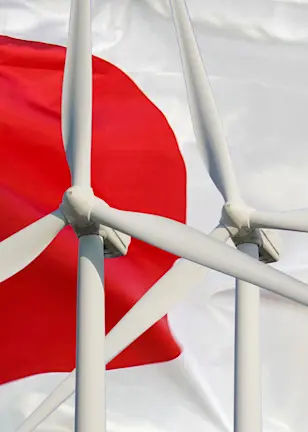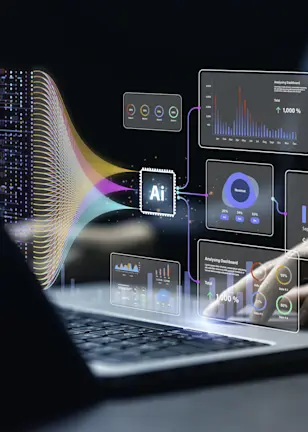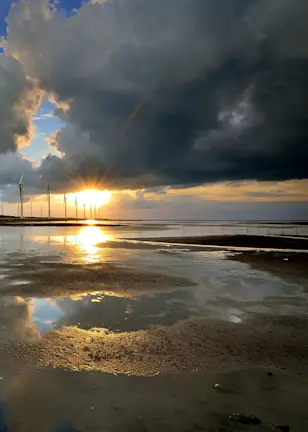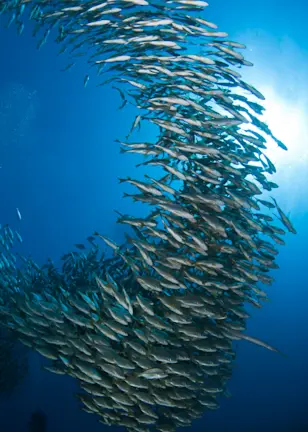Disclaimer Robeco Switzerland Ltd.
The information contained on these pages is solely for marketing purposes.
Access to the funds is restricted to (i) Qualified Investors within the meaning of art. 10 para. 3 et sequ. of the Swiss Federal Act on Collective Investment Schemes (“CISA”), (ii) Institutional Investors within the meaning of art. 4 para. 3 and 4 of the Financial Services Act (“FinSA”) domiciled Switzerland and (iii) Professional Clients in accordance with Annex II of the Markets in Financial Instruments Directive II (“MiFID II”) domiciled in the European Union und European Economic Area with a license to distribute / promote financial instruments in such capacity or herewith requesting respective information on products and services in their capacity as Professional Clients.
The Funds are domiciled in Luxembourg and The Netherlands. ACOLIN Fund Services AG, postal address: Leutschenbachstrasse 50, CH-8050 Zürich, acts as the Swiss representative of the Fund(s). UBS Switzerland AG, Bahnhofstrasse 45, 8001 Zurich, postal address: Europastrasse 2, P.O. Box, CH-8152 Opfikon, acts as the Swiss paying agent.
The prospectus, the Key Investor Information Documents (KIIDs), the articles of association, the annual and semi-annual reports of the Fund(s) may be obtained, on simple request and free of charge, at the office of the Swiss representative ACOLIN Fund Services AG. The prospectuses are also available via the website https://www.robeco.com/ch.
Some funds about which information is shown on these pages may fall outside the scope of CISA and therefore do not (need to) have a license from or registration with the Swiss Financial Market Supervisory Authority (FINMA).
Some funds about which information is shown on this website may not be available in your domicile country. Please check the registration status in your respective domicile country. To view the Robeco Switzerland Ltd. products that are registered/available in your country, please go to the respective Fund Selector, which can be found on this website and select your country of domicile.
Neither information nor any opinion expressed on this website constitutes a solicitation, an offer or a recommendation to buy, sell or dispose of any investment, to engage in any other transaction or to provide any investment advice or service. An investment in a Robeco Switzerland Ltd. product should only be made after reading the related legal documents such as prospectuses, annual and semi-annual reports.
By clicking “I agree” you confirm that you/the company you represent falls under one of the above-mentioned categories of addressees and that you have read, understood and accept the terms of use for this website.
Sustainable Investing
Water pollution
Water pollution is the contamination of an open freshwater or saltwater watercourses with non-indigenous organic or man-made material.
It is a major threat to water quality worldwide and to marine life in rivers, lakes, seas and oceans.
Agricultural methods and industrial production are the main threats to fresh watercourses. Pesticides and manures used by farms are eventually washed by rain into the water cycle, polluting rivers and lakes. Some of it is captured by the hydrological cycle, falling as acid rain, and completing a vicious circle.
A survey of US water quality by the Environmental Protection Agency showed that nearly half of American rivers and streams and more than one-third of lakes were polluted and unfit for swimming, fishing, and drinking. The primary cause was nitrates from farming.1
Human effluent is another cause of water pollution. Modern sewerage systems in developed nations are usually able to capture human waste and treat it so that it doesn’t enter watercourses untreated. However, in emerging markets, between 80% and 95% of wastewater flows back into the environment without being treated or reused, according to the UN.2
Creating returns that benefit the world we live in
Industrial discharges
Industrial discharges of chemicals, byproducts or water that became contaminated when it was used in the manufacturing process is another cause of pollution. The Rhine was once so polluted due to discharges from Germany’s chemical plants that it was possible to develop film in the river. Lakes close to industrial facilities in Siberia were similarly so polluted that they didn’t freeze during winter.
Mining has been a major source of pollution due to slurries created through coal production or mineral extraction. This has led to several Robeco engagement campaigns, particularly regarding the threat posed by the tailings dams that hold the waste products which leak into watercourses when not managed properly.
Oil leaks have been high profile when tankers ran aground or were damaged, spilling crude oil into the sea, but such leaks remain relatively rare. Almost half of the estimated 1 million tons of oil found in the sea each year comes from land-based sources such as car engine oil. One liter of motor oil poured down the drain is enough to pollute 60,00 liters of water.3
Radioactive leaks are also rare, though contaminated water has been found close to nuclear plants, and during uranium production. Water discharges contaminated by the Fukushima nuclear disaster in Japan contains radioactive isotopes with a half life of 5,730 years, meaning they pose a cancer threat to human and marine life for thousands of years

Marine debris
Marine debris is an increasing threat. Discarded consumer products such as plastic bags, cotton buds and drinks tins is responsible for harming more than 200 different species of marine life, while fishing lines and nets dumped in rivers or ocean can strangle or choke animals such as turtles.
Plastic waste is one of the biggest problems due to the millions of single-use bottles that are dumped annually. A report by the Ellen MacArthur Foundation predicted that if the world continues to dump 9.1 million tons of plastic in the ocean each year, there will be 850-950 million tons of it floating in the sea by 2050, compared to estimated fish stocks of 812-900 million tons, meaning there will be more plastic in the ocean than fish.4
Another issue is the fact that many plastics break down in salt water into tiny fragments. A study by the Ocean Rescue science group calculated that there are now 5 trillion microplastics floating on the ocean's surface. Much of this is ingested by sea creatures which means it goes into the food chain when fish and squid are caught for human consumption.
Finally, global warming forms part of the threat due to the fact that up to 90% of all greenhouse gases have been absorbed by the oceans, causing greater acidity which is destroying coral reefs and poisoning some species of fish.
See also:
Footnotes
1https://www.nrdc.org/stories/water-pollution-everything-you-need-know
2 http://www.unesco.org/new/en/natural-sciences/environment/water/wwap/wwdr/2017-wastewater-the-untapped-resource/
3 https://www.usbr.gov/mp/arwec/water-facts-ww-water-sup.html
4 https://www.cbc.ca/news/politics/ocean-plastic-liberals-fact-check-1.5212632
















